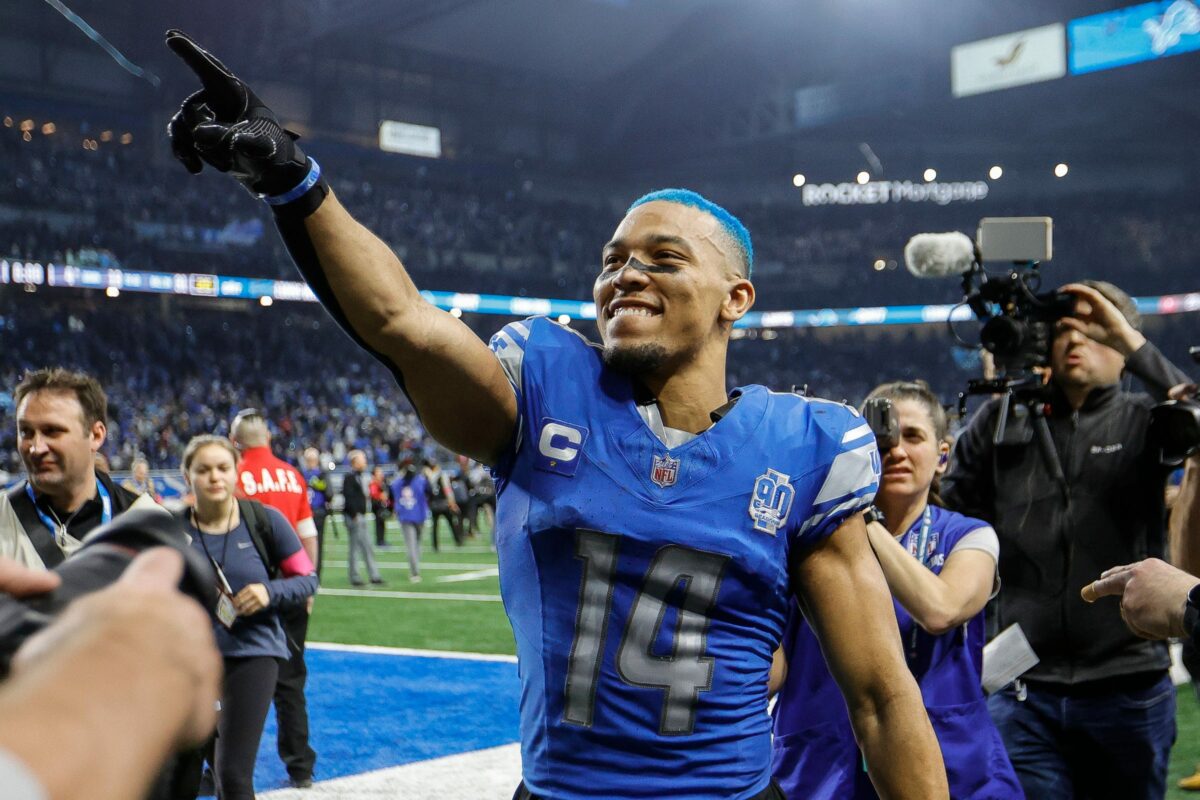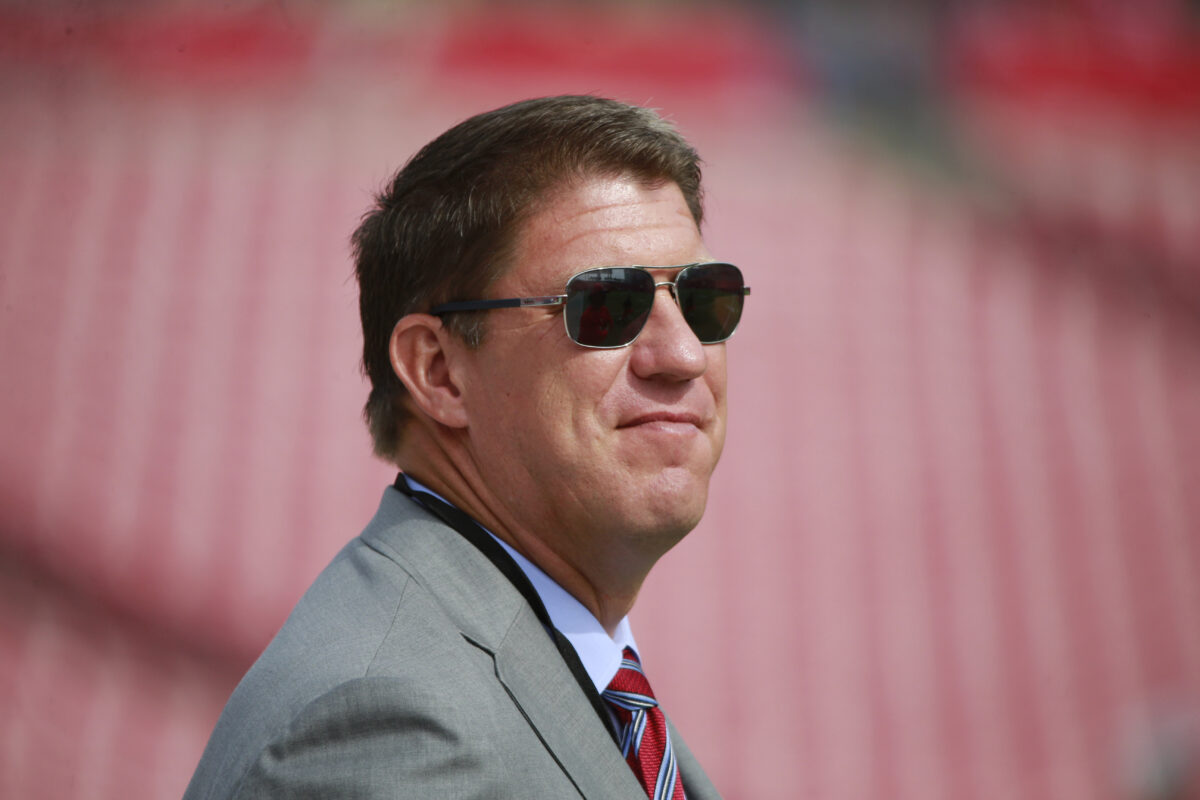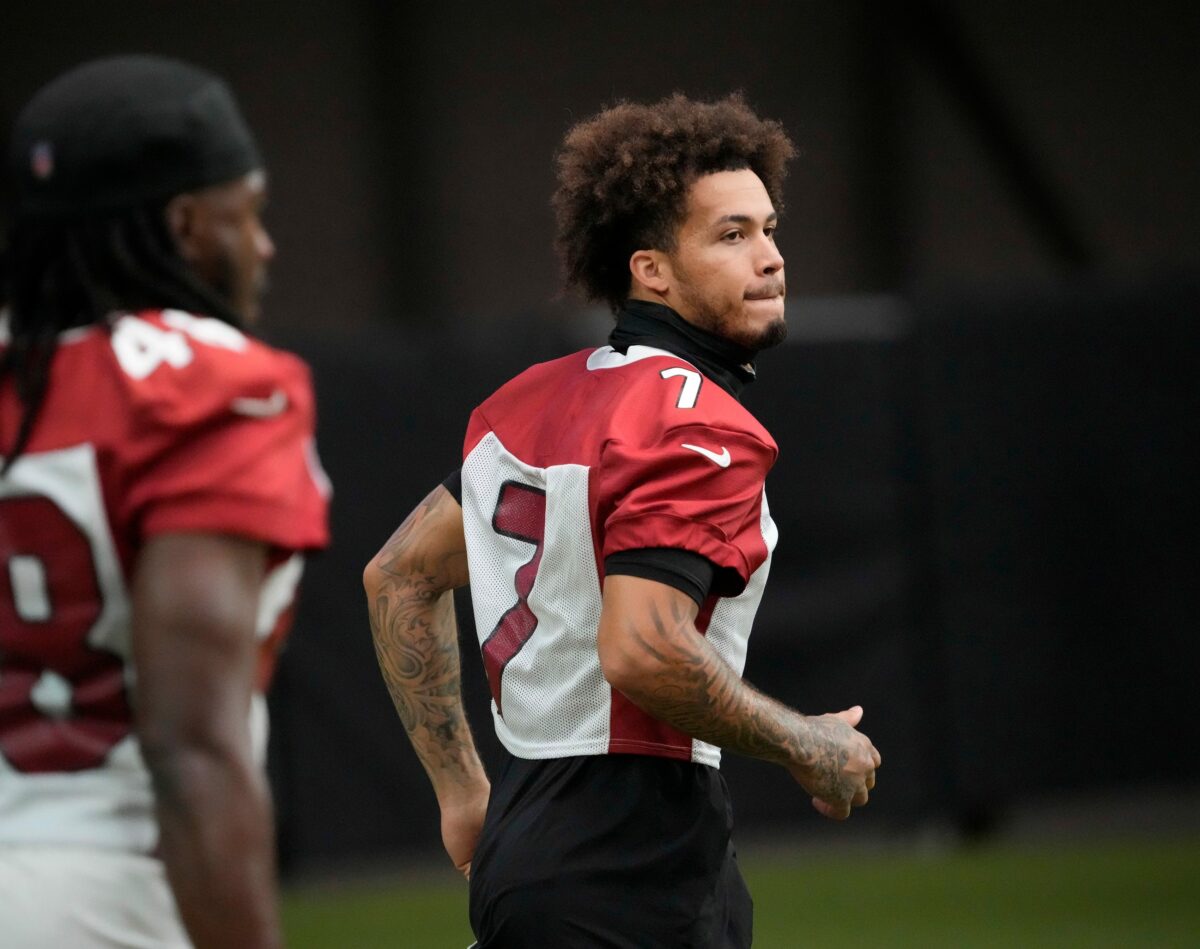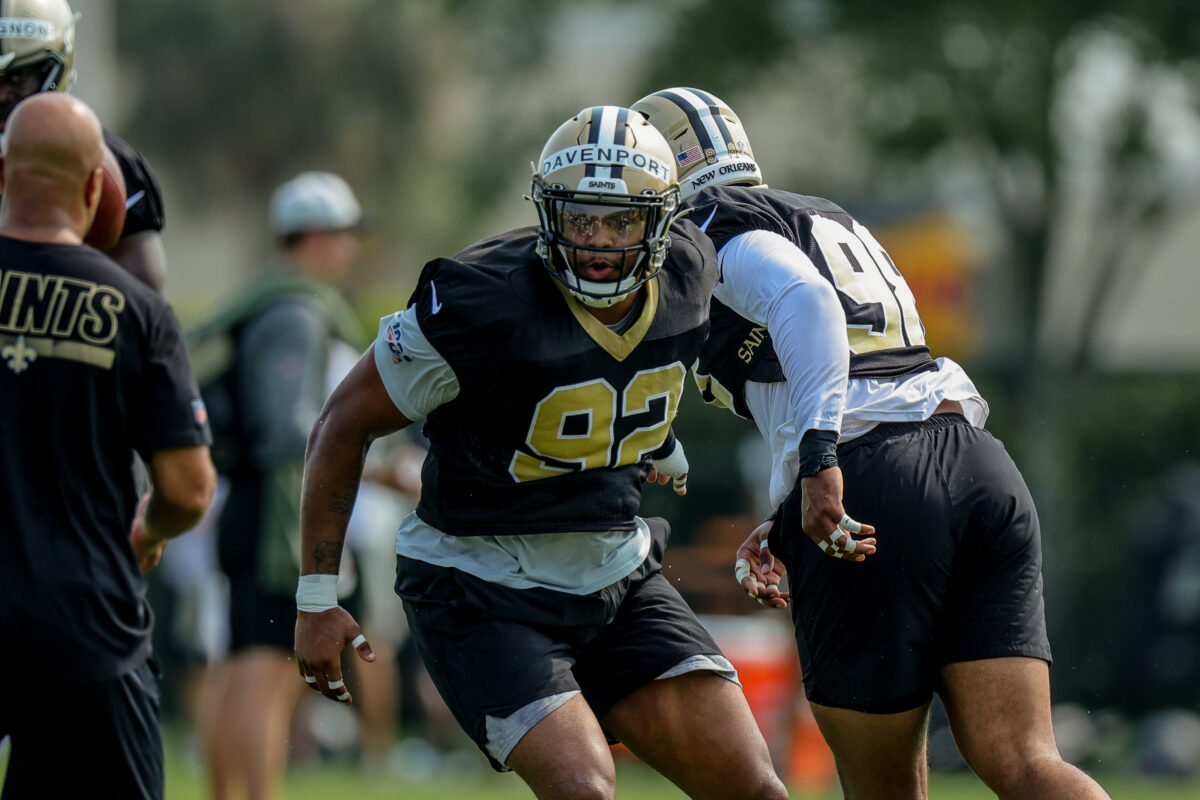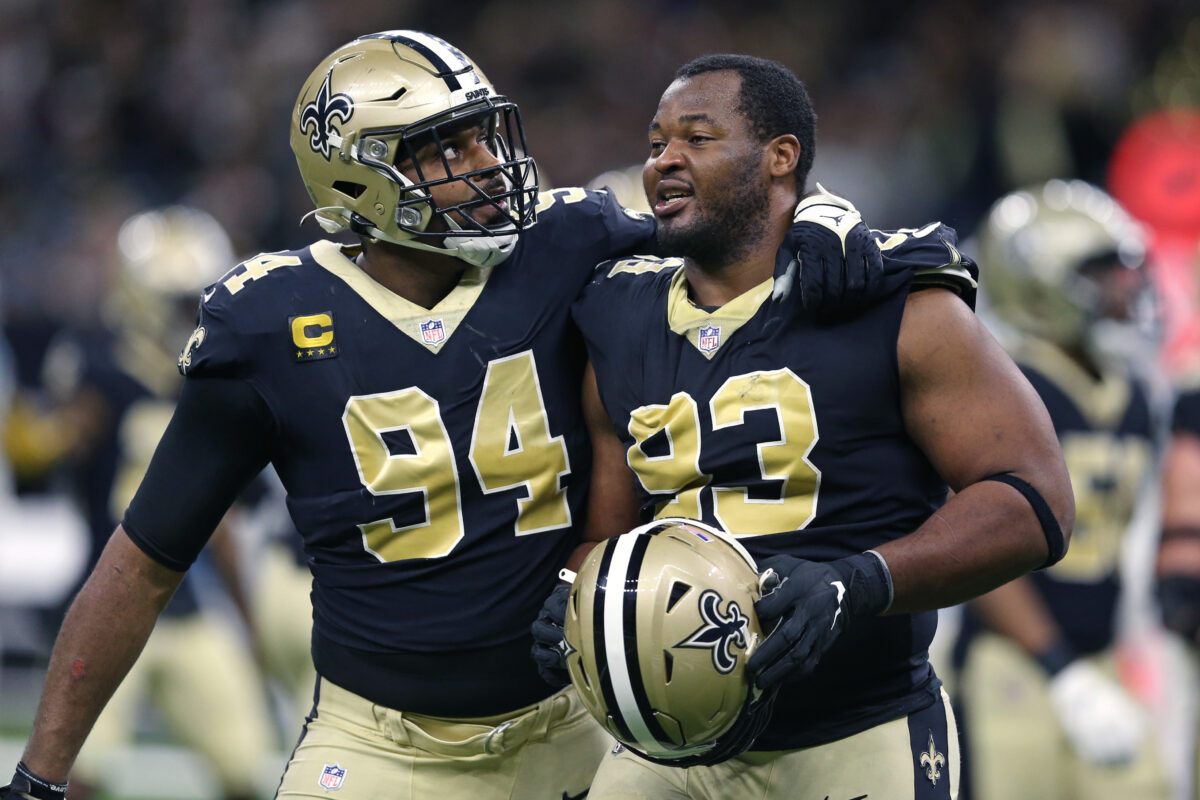Ever wondered exactly what void years are? Here’s a rundown on how they function and why Jason Licht and the Bucs use them so much:
It was reported on Tuesday that Lavonte David’s contract actually includes four void years on the tail end of it. Greg Auman of FOX Sports reported the same day that defensive tackle Greg Gaines’ contract also included four void years.
So what exactly are void years, anyway? And why do they help Jason Licht and the Bucs stay under the cap so much?
Simply put, void years are fake years added to the end of a contract. The player isn’t intending to play on the deal with those years, and if they did continue to play for a team, they would re-structure their contract instead. The purpose of a void year is to spread out the cap hit for the seasons that the player does intend to play so the team can have more flexibility in signings and operate better in a certain window.
For example: Let’s say a player has a contract worth $30 million over three years and then a signing bonus of $15 million. If their contract is $5 million in base salary and then $5 million in prorated bonuses, the cap hit on their contract would be $10 million every year for three years.
Here is what that would look like:
|
Base Salary |
Prorated Bonuses |
Total Cap Hit |
| Year 1 |
$5 mil |
$5 mil |
$10 mil |
| Year 2 |
$5 mil |
$5 mil |
$10 mil |
| Year 3 |
$5 mil |
$5 mil |
$10 mil |
| Total |
$15 mil |
$15 mil |
$30 mil |
So, what if we added a void year?
Now, the same base salary ($15 million) will be paid over the first three years, but the extra void year would be added with the same base salary of $5 million. The signing bonus of 15$ million would be paid over four years instead of three (so $3.75 million a year instead of $5 million) which makes the cap hit much easier — for instance, you could lower the base salaries of the first two years to open up some cap room before it heightens at the back end.
Here is an example of how that might look:
|
Base Salary |
Prorated Bonuses |
Total Cap Hit |
| Year 1 |
$3 mil |
$3.75 mil |
$6.75 mil |
| Year 2 |
$4 mil |
$3.75 mil |
$7.75 mil |
| Year 3 |
$8 mil |
$3.75 mil |
$11.75 mil |
| VOID |
$5 mil |
$3.75 mil |
$8.75 mil |
| Total |
$20 mil |
$15 mil |
$35 mil |
Eventually, though, a debt must be paid. Should any player with void years in their contract not extend once they arrive, the cap hit from those remaining prorated bonuses will be charged to the next year. In this example presented above, should this player go to another team or retire before the void year kicks in, that $3.75 mil prorated bonus — part of his initial signing bonus — would immediately go to Year 3 instead, since it’s already a part of the guaranteed signing bonus from the contract without a void year added.
The key thing to understand is that a team will always know that the cap space included in void years is real. It’ll never lose track of it or be surprised by it, but it can spread that out over multiple years to alleviate other heavy hits or clear space for marquee signings.
As such, it’s important to believe a team can contend if they use void years consistently. If they use too many, the team will have to take the brunt of the hit from however many they extend into the immediate next year if they don’t restructure the team’s contract. Licht and the Bucs tend to use them quite a bit, however, and thus the team must either believe they are set to contend in the near future or that the players who they are signing to contracts with void years in them will be re-signed in the future.
